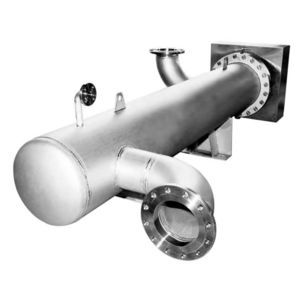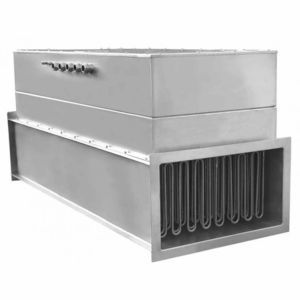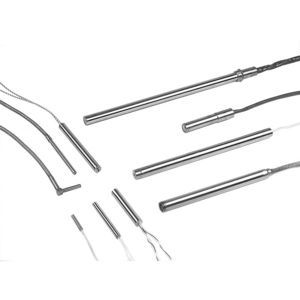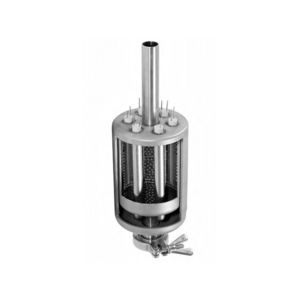
- Industrial machines and equipment
- Heat Exchanger and Refrigeration
- Air heater
- heatsystems GmbH & Co. KG
Liquid heater airconvectioncirculation


Add to favorites
Compare this product
Characteristics
- Treated product
- for liquids, air
- Type..
- convection, circulation
- Other characteristics
- electric
Description
Inline heaters are a special variant of the electrical flow-type heaters. They are designed for efficiently heating liquid or gaseous flowing fluids. The absolutely pocket-free design of the inline heaters is a special feature of them. There are no obstructions for the fluid. Thus, a deposit of retained particles is not possible. The heated surface can be designed such that nevertheless a turbulent flow is ensured. The design is based on the general conditions such as the type and properties of the respective fluid, pressure and temperature as well as the desired operating points in the process.
Inline-type air heaters directly heat fluids. To this effect, electrical energy in the heating elements is converted to thermal energy. The thermal energy is then transferred from the heating elements to the fluid. Here, it is important that the design be matched to the general conditions, for each fluid has its specific properties.
For example, these fluids are heated in electrical inline heaters:
I. Water
Drinking water, max. surface load depending on the water hardness 4 – 6 W/cm²
Circulating and/or heating water, max. surface load approx. 10 W/cm²
Softened water, observe the maximally admissible chloride content, max. surface load approx. 10 W/cm²
Ultra-pure water, e.g. purified water (PW), highly purified water (HPW) or WFI
II. Gases
Air, sterilized air as well
Catalogs
No catalogs are available for this product.
See all of heatsystems GmbH & Co. KG‘s catalogsRelated Searches
- Vessel
- Heat exchanger unit
- Liquid/liquid heat exchanger
- Resistance heater
- Water vessel
- Heater
- Tubular heat exchanger
- Stainless steel heat exchanger
- Gas heater
- Water tank
- Air heater
- Electric heater
- Liquid heater
- Immersion heater
- Tubular resistance heater
- Cartridge heater
- Circulation heater
- Convection heater
- Flat resistance heater
- Ceramic resistance heater
*Prices are pre-tax. They exclude delivery charges and customs duties and do not include additional charges for installation or activation options. Prices are indicative only and may vary by country, with changes to the cost of raw materials and exchange rates.



















